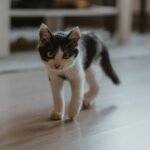Have you ever wondered what your cat is really saying with those slow blinks or the gentle sway of its tail? Cats can be mysterious, but when they trust you, their bodies tell heartwarming stories. For any cat lover, those precious signals mean the world. Recognizing the subtle ways your feline friend shows comfort and love can turn an ordinary day into something magical. Let’s dive into the captivating world of cat communication and discover the unmistakable signs that say, “I’m safe with you.”
Slow Blinking: The Cat’s Secret “I Love You”
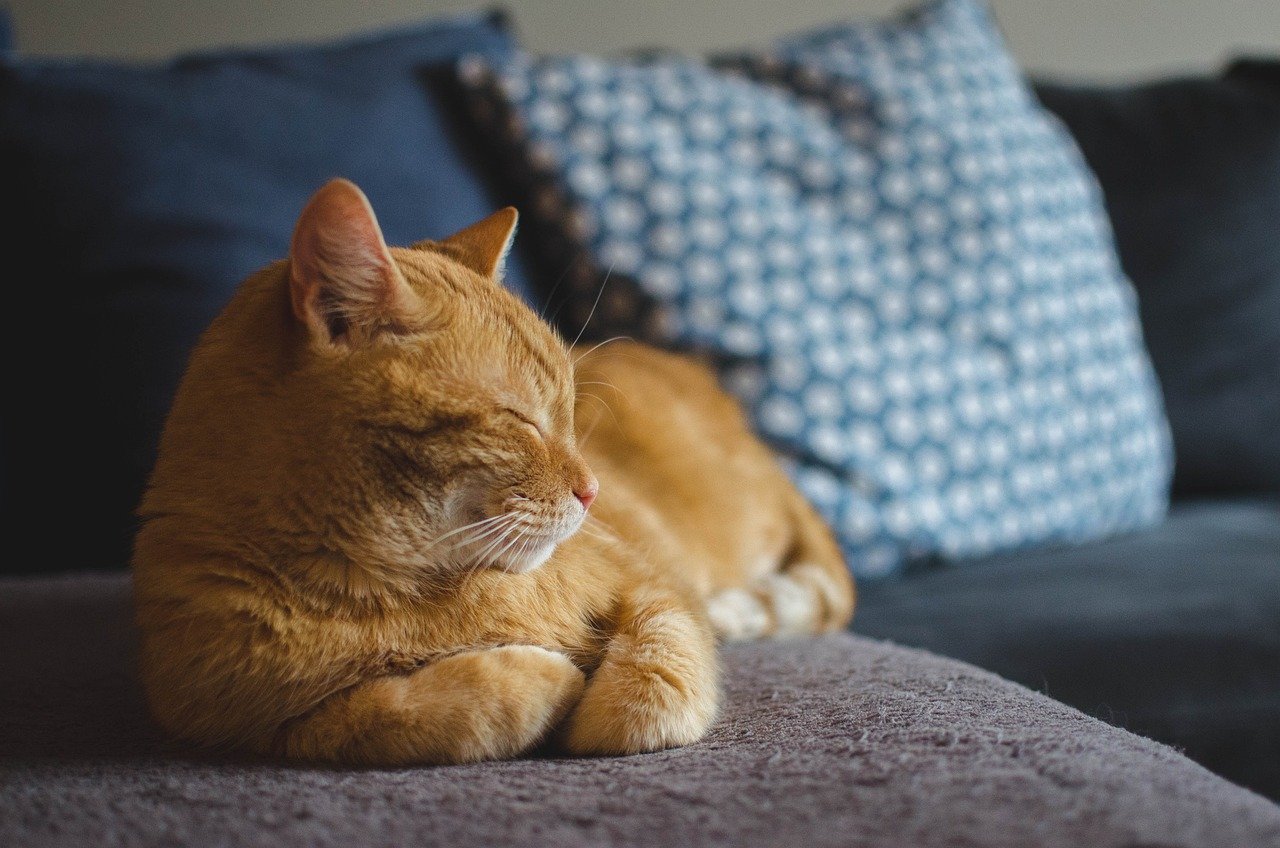
When a cat looks at you and slowly closes and opens its eyes, it’s like getting a gentle hug from your furry companion. This slow blink is one of the most tender ways cats express trust and relaxation. Think of it as their way of saying, “I feel safe and calm when you’re around.” If you return the slow blink, you might just get another one back—it’s a beautiful, silent conversation. Many cat owners notice their pets doing this at the end of a long day, especially when the house is quiet. It’s a moment that feels private and special, as if your cat is letting you in on a little secret. Try slow blinking at your cat today; you might be surprised by the connection you feel.
Purring: The Comfort Engine

Few sounds are as soothing as a cat’s purr. When your cat curls up beside you and starts purring, it’s a clear sign they feel content and protected. It’s like hearing a tiny motor running—a living lullaby that says, “I trust you.” While cats can purr for many reasons, a relaxed, rhythmic purr when they’re close to you is almost always a good sign. Some experts even say cats use purring to heal themselves, which means your presence is helping them feel safe enough to relax deeply. If your cat chooses your lap as their purring spot, consider yourself honored. It’s one of the purest forms of feline affection.
Showing Their Belly: The Ultimate Vulnerability
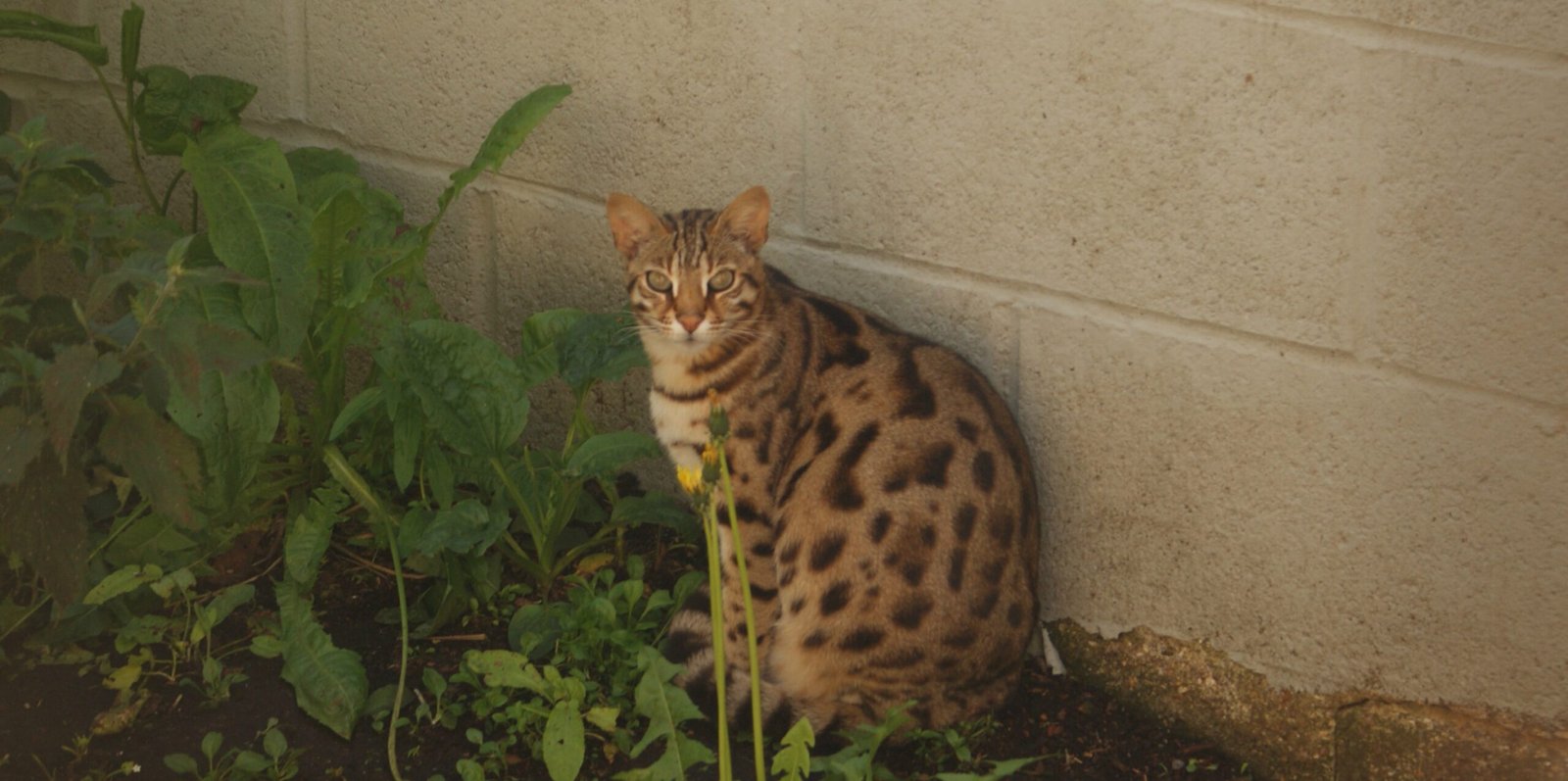
When a cat rolls over and exposes its belly, it’s showing you the softest—and most vulnerable—part of its body. This is the feline equivalent of dropping your guard completely. Most wild animals protect their bellies at all costs, so when your cat does this, it’s a bold declaration of trust. Many cats will stretch their paws or even roll from side to side, inviting you to see how comfortable they feel. While not all cats want belly rubs, the very act of showing their tummy means they’re sure you won’t hurt them. It’s a moment to savor, even if you just admire it from a distance.
Kneading: Kittenhood Comfort
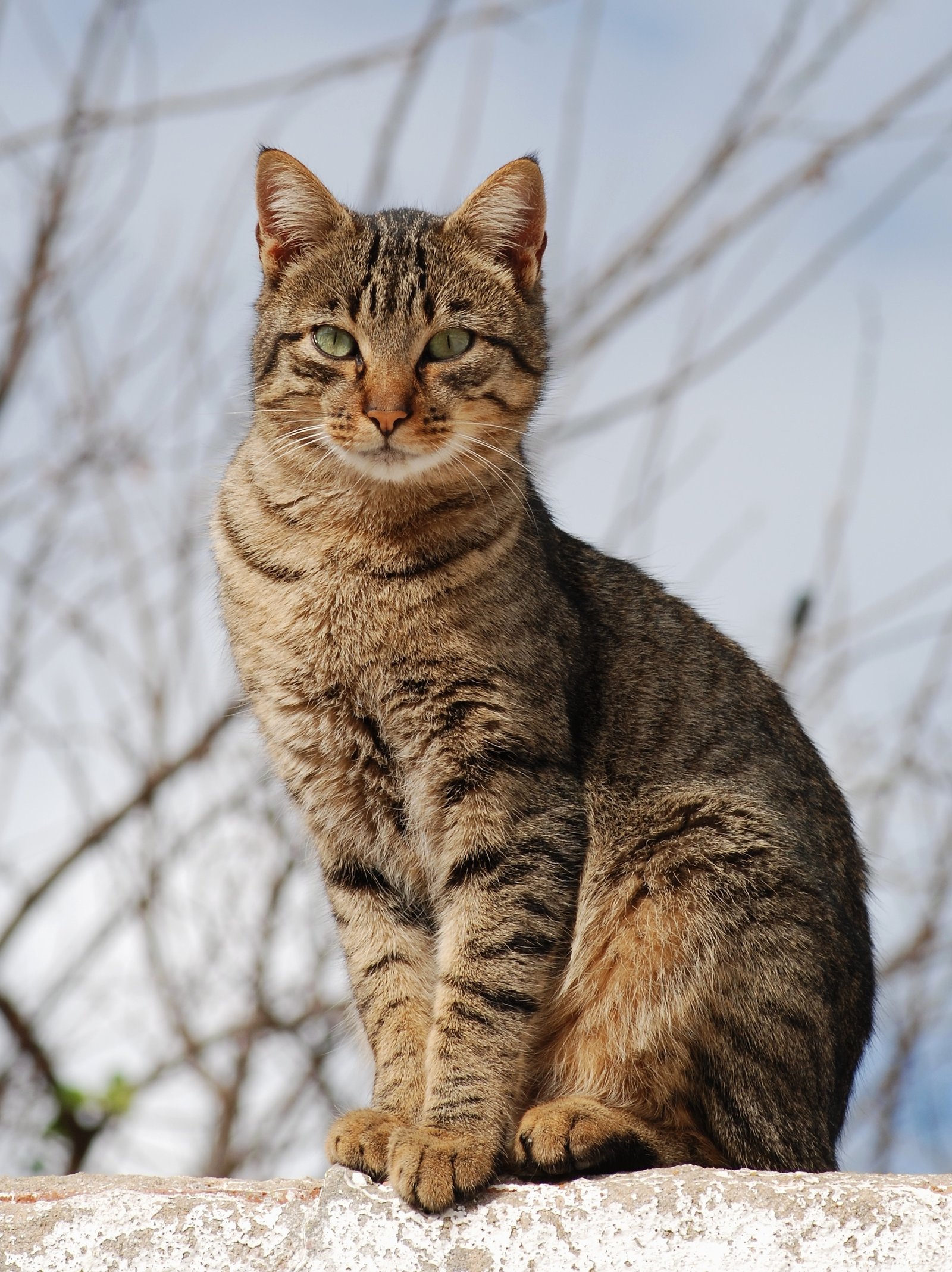
If your cat presses its paws in and out on your lap or blanket, you’re witnessing a behavior called kneading. This adorable action comes from kittenhood, when tiny cats kneaded their mothers to stimulate milk flow. When adult cats knead, they’re reliving those safe, nurturing moments. It’s their way of telling you, “You make me feel like I’m home.” Some cats even drool or purr while kneading, lost in a wave of contentment. The next time your cat kneads you, remember: you’re providing the ultimate comfort.
Sleeping Near or On You: Trust in Dreamland

Cats are picky about where they sleep. If your cat chooses to nap on your lap, beside your pillow, or even curled up on your chest, it’s a clear sign they feel safe with you. Sleep is a vulnerable state for animals, and cats don’t let their guard down just anywhere. Sharing sleep space means your cat sees you as a trusted protector. It’s a sweet, unspoken bond—one that says, “I can truly rest with you around.” Many cat owners find these moments deeply touching, as if their cat has chosen them above all others.
Tail Position: The Upright Greeting
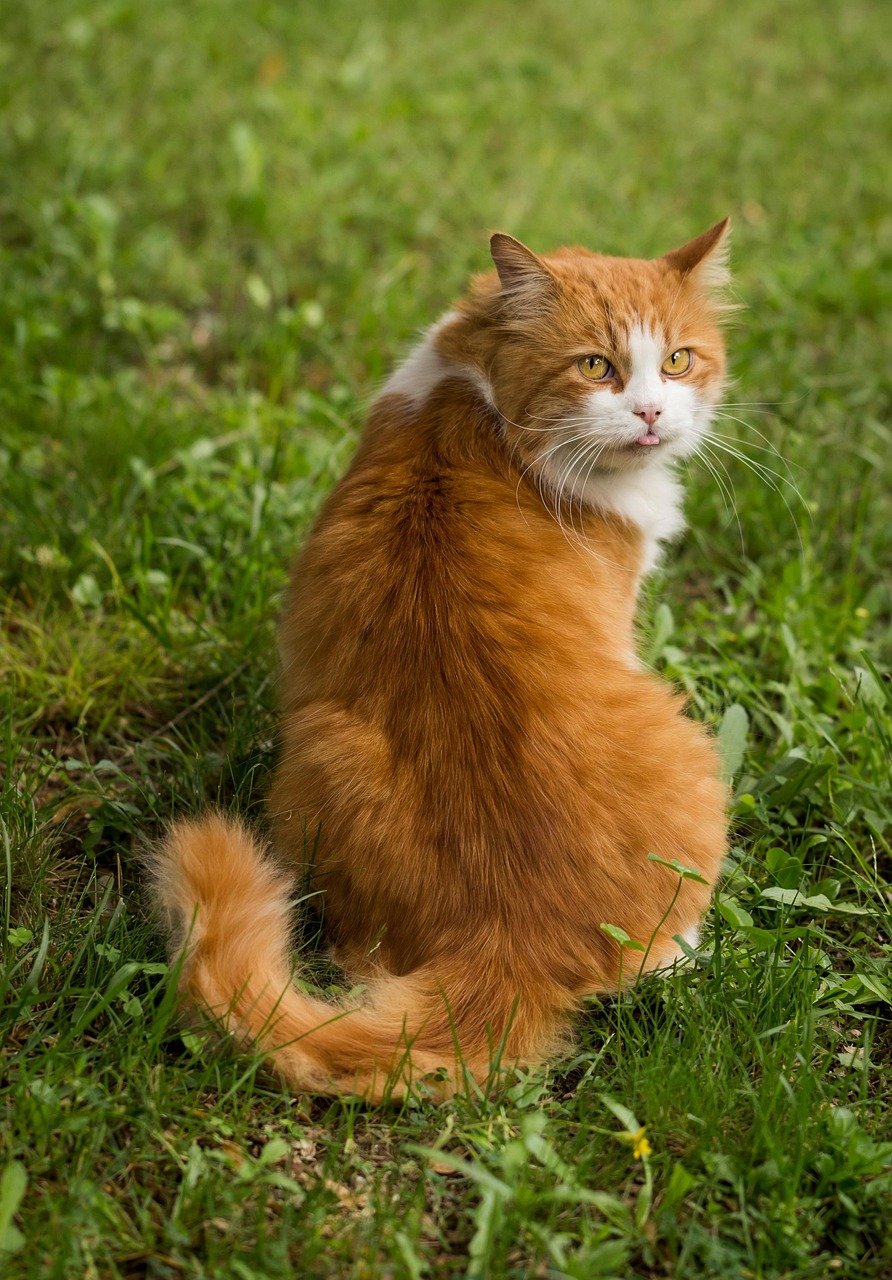
A cat’s tail is like an emotional antenna, always signaling their mood. When your cat approaches you with its tail held high, sometimes with a gentle curve at the tip, it’s saying, “I’m comfortable with you.” This upright tail is a feline greeting, full of confidence and ease. Some cats even give a little tail quiver, like an excited wave hello. Watch your cat’s tail when you come home or call their name. That proud, upright flag is one of the happiest sights in a cat lover’s day.
Head Bunting and Cheek Rubbing: Scent Sharing
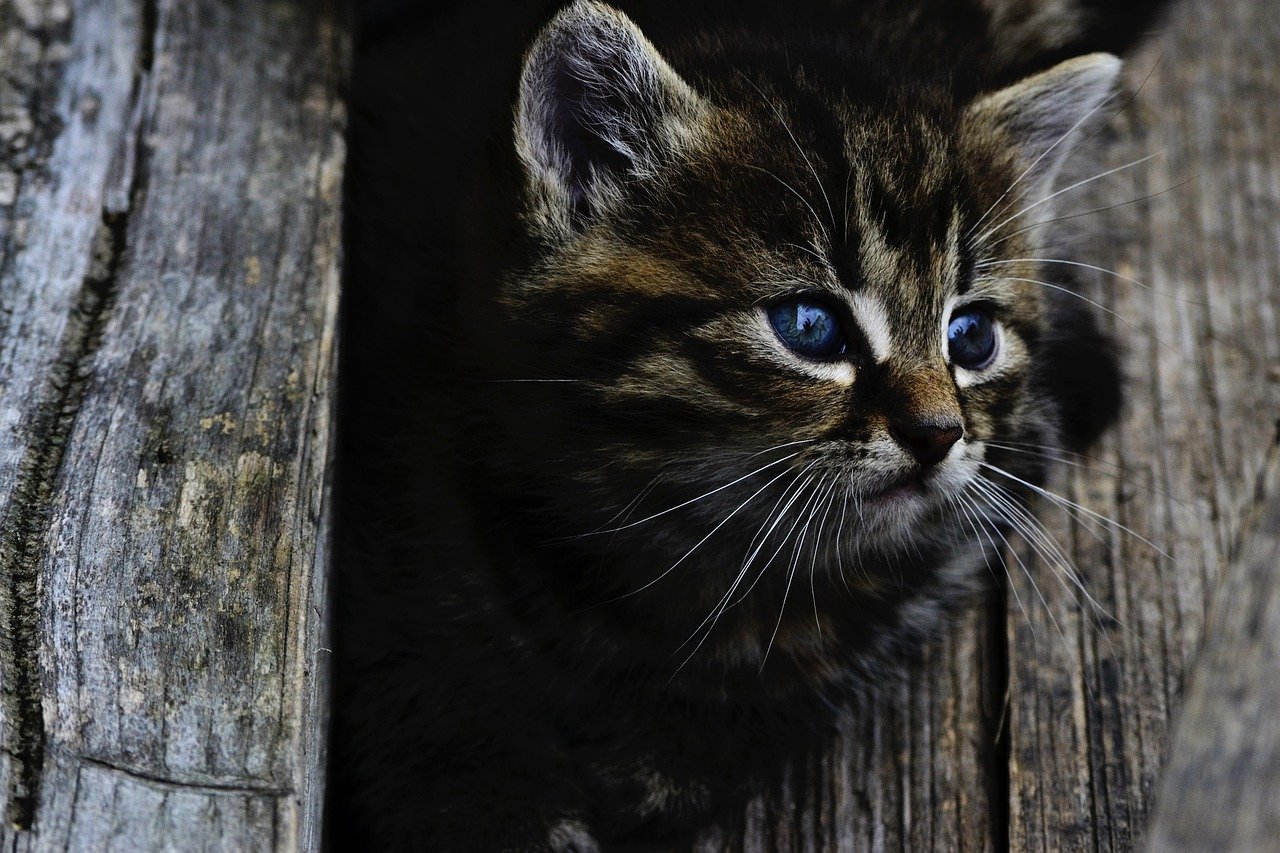
When your cat bumps its head against you or rubs its cheeks along your face, hands, or legs, it’s performing a behavior called bunting. Cats have scent glands on their heads and cheeks, and by rubbing against you, they’re marking you as part of their safe space. This is their way of saying, “You belong to me, and I belong to you.” It’s both a compliment and a claim. Head bunting is often a prelude to cuddling or purring, and it’s a sign that your cat feels truly at home.
Following You Around: Loyal Shadows
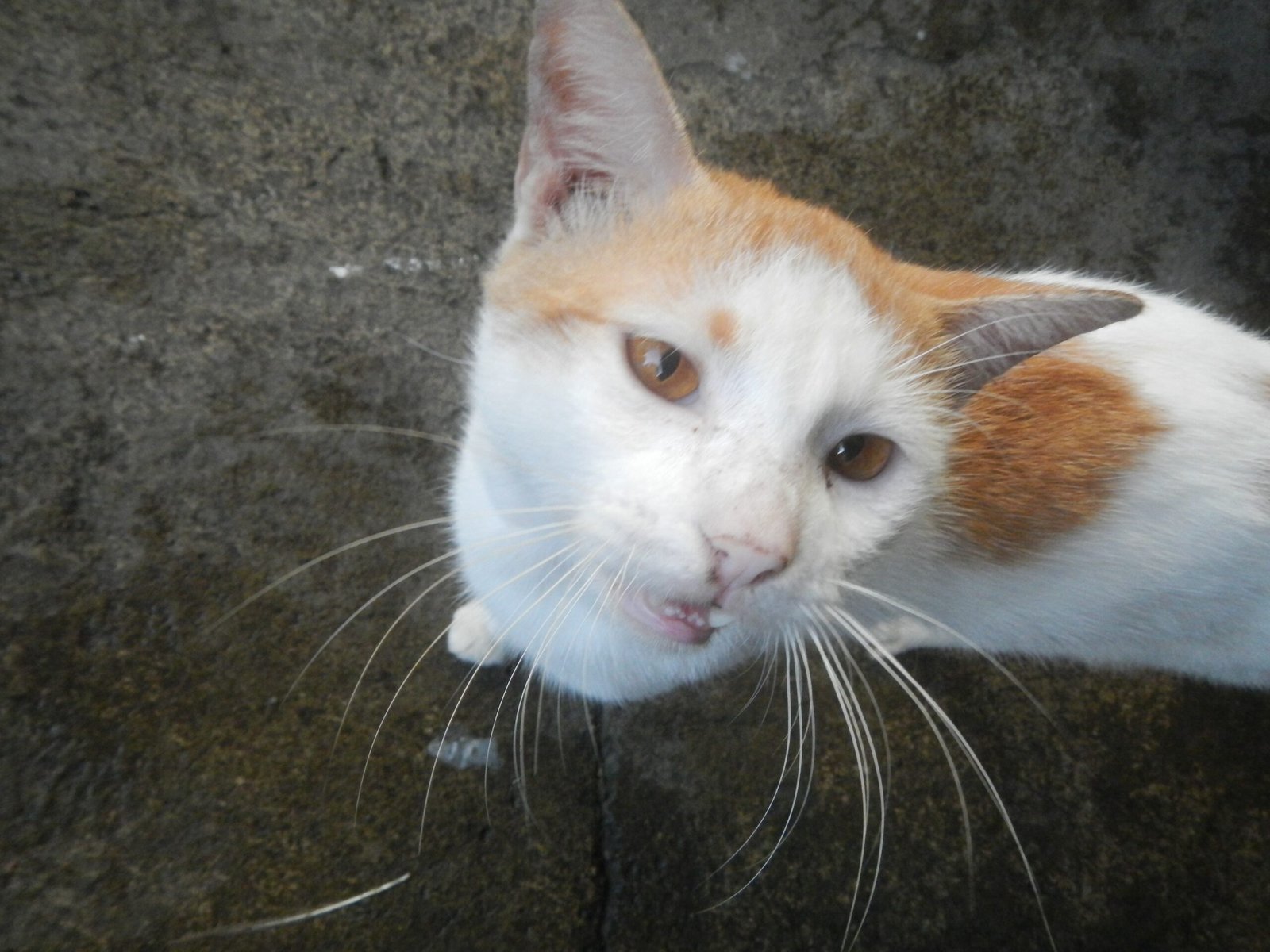
Ever feel like you have a little furry shadow? If your cat follows you from room to room, sits outside the bathroom door, or waits by your feet in the kitchen, it’s a clear sign of attachment. Cats who feel secure with their humans want to be near them, even if it’s just to watch what you’re doing. This behavior is their way of saying, “I like being with you, and I’m comfortable in your presence.” While some cats are more independent, a cat that chooses to follow you is showing trust and affection in its own quiet way.
Chirping and Soft Meows: Gentle Communication

Not all cat sounds are created equal. When your cat greets you with a gentle chirp, trill, or soft meow, it’s offering friendly, non-threatening communication. These light, almost musical sounds are reserved for those they trust. Often, cats use chirps to say hello, invite play, or express excitement when you return home. Unlike loud or insistent meows, these gentle noises are full of warmth and safety. Pay attention to these sweet vocalizations—they’re like little love notes from your cat.
Grooming You: Sharing Affection

If your cat starts licking your hand, hair, or even face, congratulations—you’ve been accepted into their inner circle. Grooming is an intimate act between cats, often shared among family members or close friends. When your cat grooms you, it’s a sign of deep trust and affection. Some cats will gently nibble or use their tongue to clean you, just as they would a fellow feline. It’s a unique compliment, one that says, “You’re part of my family.”
Playfulness: Feeling Free to Have Fun

When your cat chases toys, pounces on your feet, or playfully bats at your fingers, it’s a sign they feel secure enough to let loose. Playfulness in cats is a behavior that only comes out when they’re relaxed and confident in their environment. A cat that’s scared or nervous will hide or avoid interaction. But a cat that playfully engages with you is showing joy and comfort. It’s their way of sharing happiness and inviting you into their world.
Stretching Out Fully: Maximum Relaxation

Cats are naturally cautious, so when they stretch out to their full length—sometimes with their belly exposed or paws reaching forward—it means they trust their surroundings and the people in them. This sprawling posture is a sign of ultimate relaxation, a cat’s way of saying, “I can let go here.” If your cat does this near you, or even on your lap, it’s a beautiful display of comfort and safety. It’s a little like someone kicking off their shoes and lounging on the sofa after a long day.
Direct Eye Contact with Relaxed Eyes

While direct eye contact can be threatening in the animal world, a cat making soft, relaxed eye contact with you is a sign of deep trust. Their pupils may be slightly narrowed, and their gaze is gentle, not intense. This behavior says, “I’m comfortable enough to meet your gaze.” Some cats will even pair this with a slow blink or a purr, reinforcing their sense of safety. It’s a quiet, powerful moment of connection, like an unspoken promise between friends.
Not Startling Easily Around You

Cats are naturally jumpy, always on alert for danger. But when your cat doesn’t flinch at sudden movements or loud noises when you’re near, it’s a sign they feel safe. Maybe you drop something or move quickly, and your cat just glances at you calmly. This level of relaxation only comes when your cat is sure you won’t harm them. It’s a subtle but powerful indicator of trust, one that’s built over time through gentle care.
Bringing You “Gifts”

If your cat brings you toys, socks, or—in true hunter fashion—a bug or small critter, it’s a quirky but meaningful gesture. In the wild, cats share food with those they care about. At home, this behavior translates into bringing you things they find interesting or valuable. It’s their way of saying, “You’re important to me, and I want to share.” While some “gifts” might not be your favorite, the sentiment behind them is pure love.
Relaxed Body Language: Ears, Whiskers, and Paws
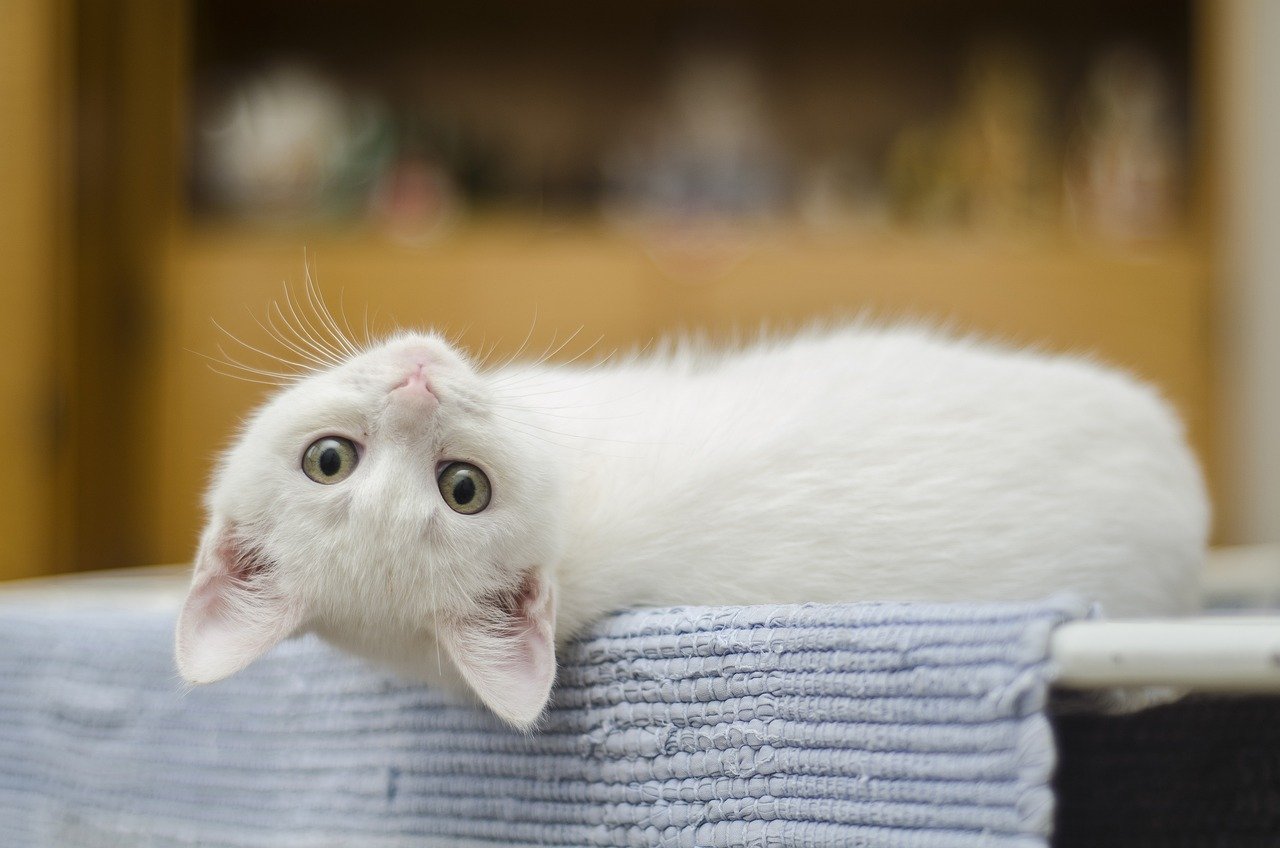
When your cat’s ears are forward or slightly relaxed, whiskers are loose, and paws are neatly tucked or stretched, you’re seeing a body at ease. Tension in cats is easy to spot—ears flat, whiskers pulled back, body low. But a relaxed, loose posture means your cat feels completely safe in your presence. Watch for these signs when you’re together; they’re like little windows into your cat’s emotional state.
Letting You Touch Sensitive Areas
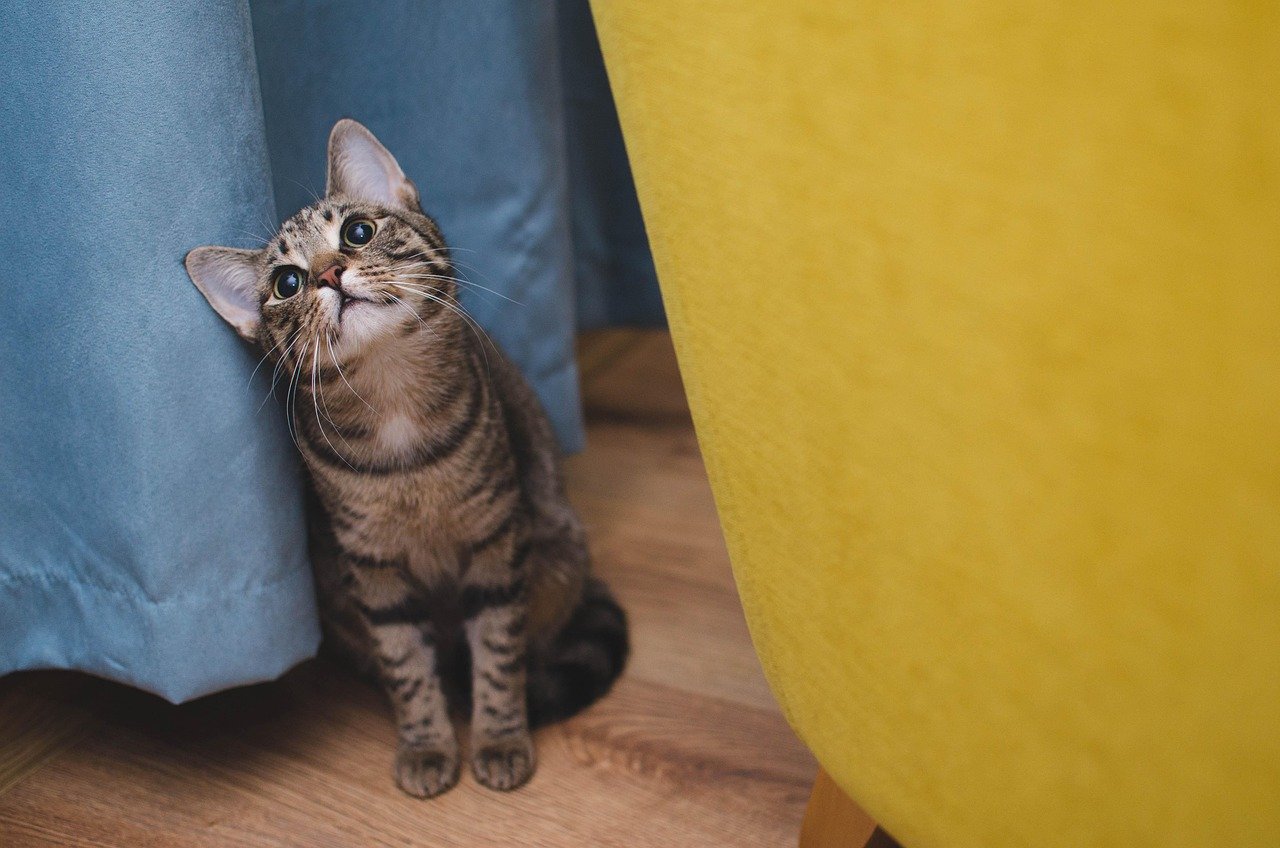
Most cats are protective of certain spots, like their paws, tail, or the area under their chin. If your cat lets you touch these areas without pulling away or tensing up, it’s a strong sign of trust. It means they’re comfortable enough to let you into their most vulnerable moments. Some cats even nuzzle your hand as you pet them, reinforcing their sense of safety. It’s a privilege, one that shouldn’t be taken lightly.
Greeting You at the Door
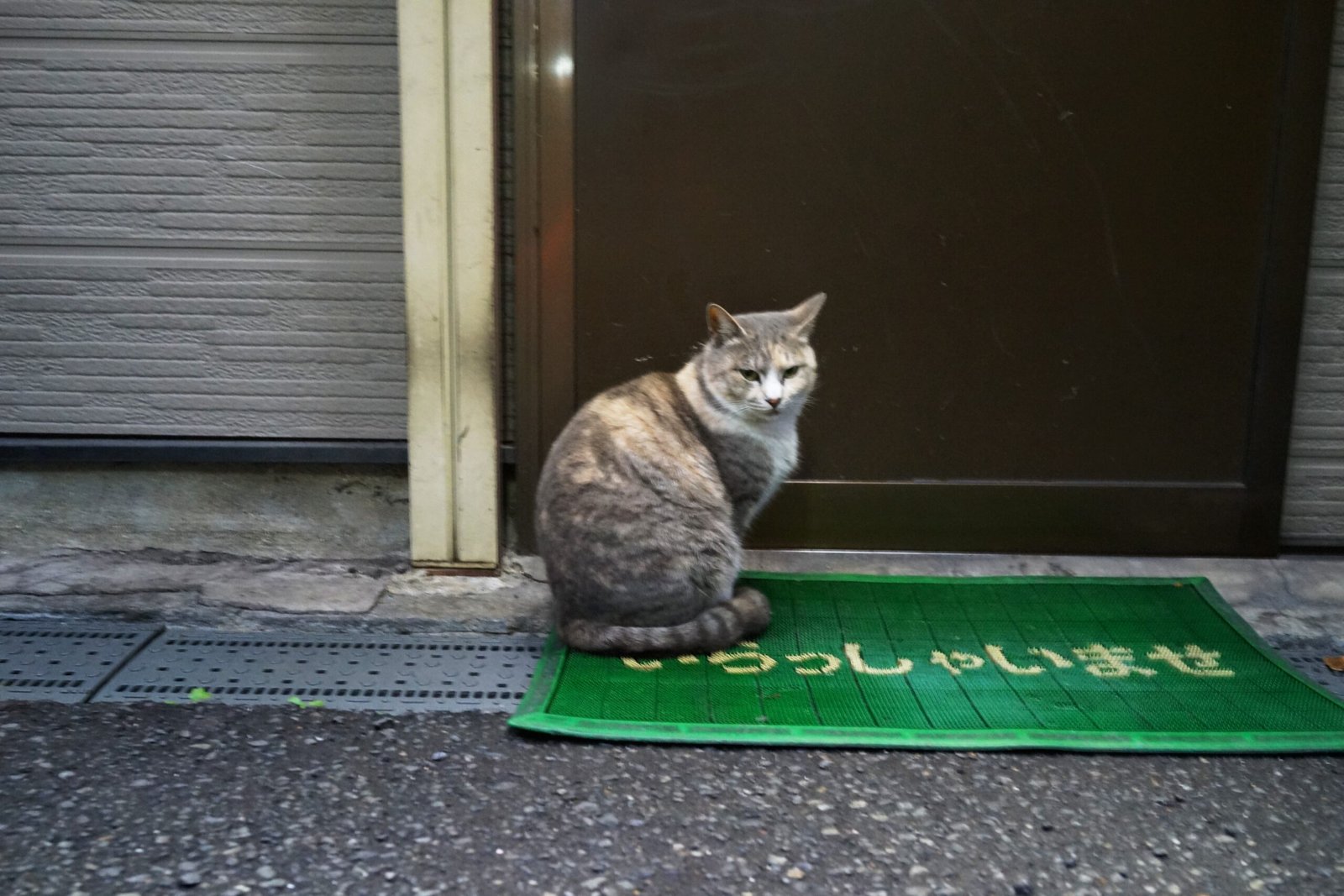
There’s nothing quite like coming home to a cat waiting at the door. This excited greeting isn’t just about food or routine—it’s a genuine expression of attachment. Your cat has missed you and feels secure enough to show it. Some cats will rub against your legs, meow, or perform a little happy dance. It’s a daily reminder that you’re an important part of their world, and they feel safe enough to welcome you home.
Allowing You to Trim Their Claws or Groom Them

Cats are notoriously picky about who gets to handle them, especially when it comes to grooming or claw trimming. If your cat sits calmly while you trim their nails, brush their fur, or clean their ears, it’s a sign of deep trust. They’re allowing you to care for them in vulnerable situations. This cooperation is built over time, with patience and gentle handling. It’s an act of surrender, one that says, “I know you’ll keep me safe.”
Settling Down During Storms or Loud Noises

Many cats hide during thunderstorms or noisy events, but if your cat chooses to stay near you during these stressful times, it’s a powerful sign of trust. They see you as a source of comfort and protection, a safe haven in a noisy world. Some cats will even press closer or seek out your lap for extra reassurance. It’s a touching reminder that, in your presence, they feel sheltered from life’s storms.
Hi, I’m Bola, a passionate writer and creative strategist with a knack for crafting compelling content that educates, inspires, and connects. Over the years, I’ve honed my skills across various writing fields, including content creation, copywriting, online course development, and video scriptwriting.
When I’m not at my desk, you’ll find me exploring new ideas, reading books, or brainstorming creative ways to solve challenges. I believe that words have the power to transform, and I’m here to help you leverage that power for success.
Thanks for stopping by, Keep coming to this website to checkout new articles form me. You’d always love it!





